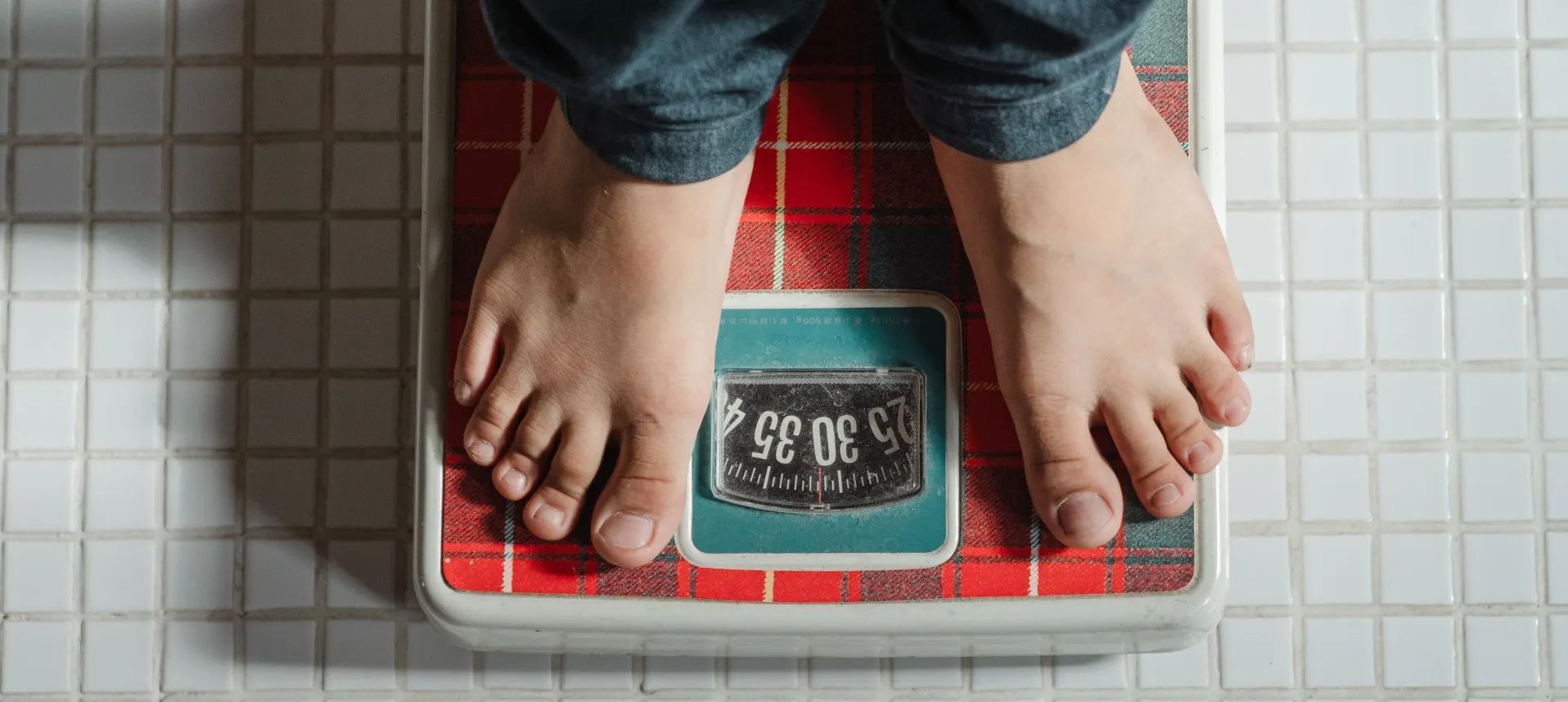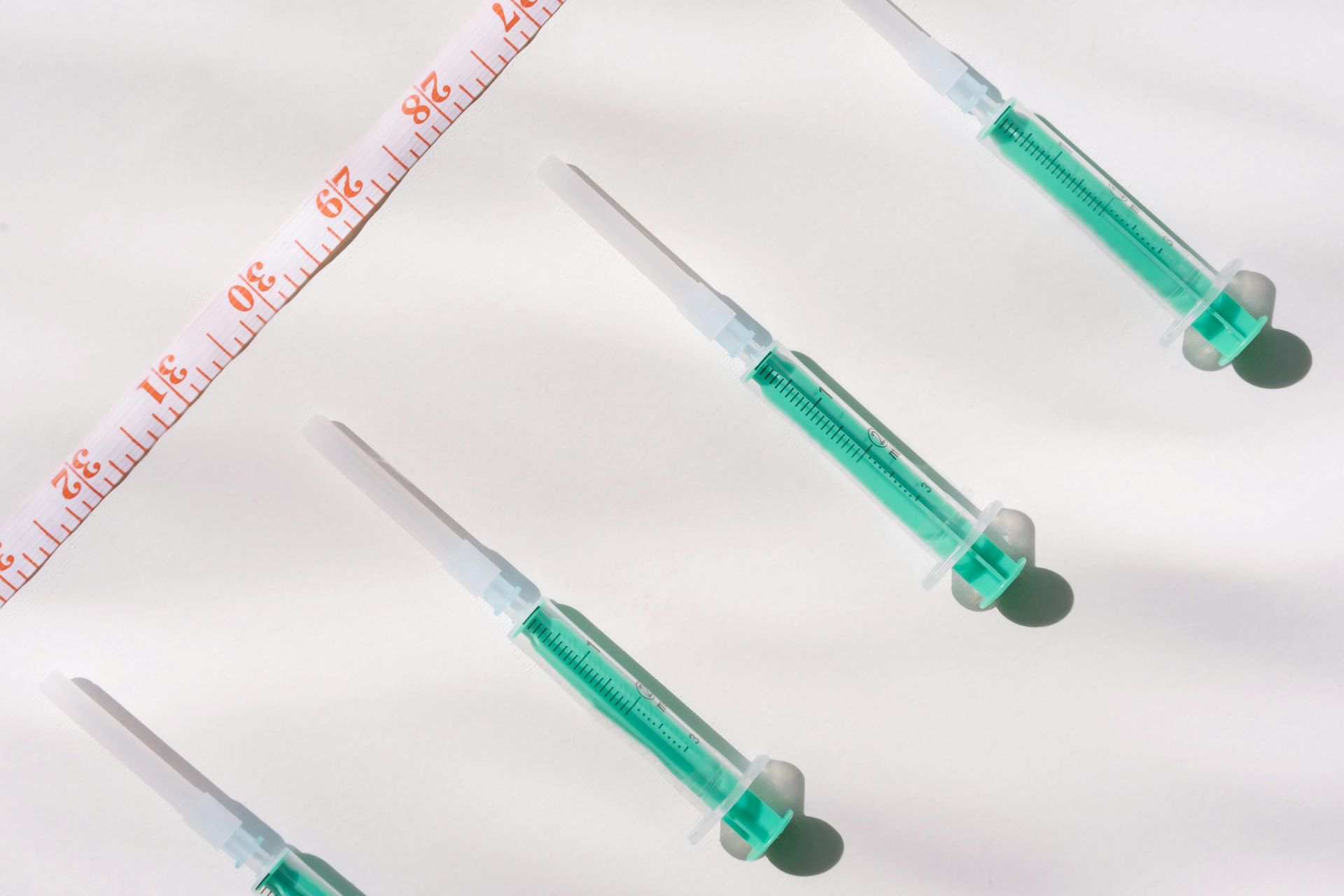The Struggle Is Real With Mid-Life Weight Gain

The key to lifelong weight maintenance and vibrant health is knowing how to maintain low insulin levels and stable blood sugars. Keeping our insulin levels low and blood sugars stable throughout our day play a critical role in preventing or reversing the diseases that are associated with cellular inflammation. Did you know that 4 out of the 5 top killers of women are preventable and related to metabolic dysfunction?
High blood sugar from eating foods that cause blood sugar to rise rapidly, such as soda, pastries, white bread, and candy, signal our pancreas to release the hormone insulin. Our body needs glucose to get into our cells so it can used for energy. In fact, glucose is our brain’s main source of energy! Makes sense when we haven’t eaten and our blood sugars are low, we get irritable, shaky, dizzy, or have other neurological symptoms. Insulin is a storage hormone that takes the sugar out of the blood and stores it into the cells until it can be used for fuel. Well, if this energy isn’t needed right away, it is then stored as fat. Besides high-glycemic-index (how quickly foods increase blood glucose levels) foods, elevated stress levels can raise our cortisol levels (our main stress hormone), which increases blood glucose levels, and further tends to increase fat in our cells (especially in our belly). Stressors we don’t often think about include over-exercising, processed foods, poor sleep quality, circadian rhythm disruption, artificial lights, a toxic work environment, or toxic people or relationships, and spikes in glucose, but they all contribute to elevated cortisol and inflammation in our body.
Many women I see complain of stubborn belly fat. They tell me they cannot lose it despite lowering calories, eating healthy, and doing intense exercises 4-5 times a week. Often, the first thing I like to do is order a continuous glucose monitor (GCM), so that we can see in real-time how their body responds to the foods they eat and detect blood sugar spikes. Everyone has a different blood sugar response to foods! Some people may spike high after eating a baked potato, while others do not.
Almost every cell in our body is affected by fluctuations in blood sugar and insulin levels! The CGM is a great weight-loss tool because we can respond to the spikes in blood sugar quickly with dietary and lifestyle changes. When you have your blood work checked, and your fasting glucose and hemoglobin A1C (HgA1C) is normal, you must know it can take years of underlying problems to finally show up in the labs. Also, looking at fasting insulin, leptin, thyroid, uric acid, triglycerides, Non-HDL cholesterol, and Apolipoprotein B (Apo B) levels are more helpful when evaluating weight-loss resistance and metabolic dysfunction than fasting glucose and HgA1C. I check these labs routinely with my functional lab work-up.
So, what goes wrong with having high blood sugars for a longtime, and repeated blood sugar spikes? When that energy I mentioned earlier can’t get into the cell, our blood sugar rises. A viscous cycle begins, high blood sugars, pancreas responds with insulin to bring the blood sugars down. Over time, the insulin receptors on our cells actually lose their ability to respond to high blood sugar. Our pancreas stops working as efficiently as it used to producing insulin coupled with our cells being numb to the insulin contributing to what is called, insulin resistance. High insulin results, and to put it simply, fat in our bodies increases, again especially in our bellies where we least like it. This fat is not only bothersome, it is dangerous. Our fat cells are metabolically active (busy little things) producing inflammatory chemicals and excess estrogen, which both increase our risk for cancer and other chronic diseases, like diabetes and heart disease. The more fat we pack on, the more insulin we need to get glucose into our cells. Insulin, being a fat-storage hormone, hangs onto that fat making it hard for our body to release that fat for fuel! It is important to note that insulin in itself is a beneficial hormone we need to live, and we need it to turn our food into energy, promote muscle growth, and to help maintain healthy menstrual cycles. In fact, under-eating and low insulin levels is why young women stop having periods. So, remember it is high insulin levels that drive inflammation, and lead to abdominal weight gain, metabolic dysfunction, and chronic disease.
Do you have insulin resistance? Well, the main sign of underlying insulin resistance is abdominal weight gain, or "apple-shaped" mid-section. According to Dr. Lara Briden in her book, The Hormone Repair Manual, an accurate way to measure if you have insulin resistance is measure your waist to height ratio, with your waist measuring less than half of your height. Interestingly, you don't always have to be overweight to be insulin resistant, so being aware of other signs and symptoms, such as sugar cravings, fatigue, high cholesterol, high triglycerides, skin tags, and a dark, velvety discoloration of the skin under the arms, groin, or neck folds, called acanthosis nigricans can be present. A fatty liver is another classic sign of insulin resistance.
When it comes to perimenopause and menopause, insulin resistance can make weight loss difficult, and can worsen about every symptom there is, and the natural testosterone dominance that occurs with menopause can worsen insulin resistance. Dr. Briden points out that high testosterone levels worsen insulin levels, and insulin resistance worsens high testosterone. She also says that insulin resistance can thicken the uterine lining due to an upregulation of the aromatase enzyme, which causes higher levels of estrone (the estrogen we have most of after menopause) contributing to abnormal uterine bleeding, fibroids, adenomyosis (endometrial tissue in the lining of the uterus that grows into the muscular wall of the uterus), and an increased risk of breast cancer.
What can we do? First, you can wear a continuous glucose monitor for real-time data. Many companies are offering them now, or you can have your provider send a script to your pharmacy. Next, we can track our food intake and how we feel after we eat it. We can identify triggers for emotional eating and pay attention to nighttime eating or snacking. We can have our labs drawn to identify insulin resistance and other important biomarkers. We can realize that learning to stabilize our blood sugars and maintaining low insulin levels is a way of life, not a fad diet. We will not only look and feel better once we re-set our metabolism, but we will improve our overall health and decrease our risk of chronic diseases.
Let’s talk about diet and lifestyle interventions that can make the most difference. You may hear many of them all the time, but fail to understand their significance when dealing with weight-loss resistance, especially in the menopausal years. .
Improve your sleep, both timing and quality of sleep. When we don’t sleep, our hunger hormones get dys-regulated, leading to increased hunger and cravings for junk food, and decreased satiety (meaning we don’t feel full- surely you can see how that is a problem for our mid-section)! Also, poor sleep raises our cortisol levels the next day, and elevated cortisol as I already mentioned increases our blood sugar and contributes to weight gain in our belly. The truth is, short sleep duration has been associated with obesity. Start making sleep a priority!
Reduce your stress. Elevated stress levels can again drive up our cortisol, but also another stress hormone, adrenaline, and both of these hormones make it harder for insulin to work properly, which ultimately contributes to insulin resistance. When we are stressed and tired, we are more likely to emotional eat and choose junk foods. I know when I was under a lot of stress, I was like “oh well, I don’t care, I just want to eat the junk!” So, we are less likely to make good food choices!
Learn to follow your circadian rhythm. I often recommend my patients download a circadian rhythm app to get started. Sometimes having an alarm or reminder to get early sunlight or turn off the artificial lights is helpful. Following your circadian rhythm will improve the way your cells respond to insulin.
Maintain a healthy microbiome. Having a healthy gut also helps insulin work better for you. When trying to lose weight, making sure your gut is healthy is a priority. Gut issues, like intestinal permeability or "leaky gut," small intestinal overgrowth (SIBO), and Irritable Bowel Syndrome (IBS), can not only make premenstrual syndrome (PMS), peri-menopausal and menopausal symptoms worse, it can contribute to weight-loss resistance. Did you know certain bacteria have been found in those that are lean and those who are obese? A stool test can help identify any gut issues that could be contributing to inflammation and weight gain. Also, unknown food sensitivities can contribute to inflammation and weight gain, so identifying food sensitivities by doing an elimination diet or testing for common ones, like gluten or dairy, can be helpful.
It is important to have a healthy thyroid. Abnormal thyroid hormones can influence our weight loss efforts for one thing, but they also contribute to the development of high cholesterol and insulin resistance. I like to check a complete thyroid panel, not just a thyroid stimulating hormone (TSH) because there is more to the thyroid story than just one hormone level.
Move your body most days of the week, and incorporate strength-training at least two to three times a week. Physical activity will help reduce insulin resistance. Walking 30 minutes a day can improve your health. Walking after meals is a great way to help your muscles take up glucose from the meal, and building muscle helps our cells respond better to insulin, even after the work-out (called after burn). When it comes to menopausal weight gain, strength and resistance training should be our new best friend. When we lose estrogen, we lose lean muscle mass and can gain abdominal and visceral fat, so building muscle is an important weight-loss strategy. Using resistance bands, using small hand weights, weight machines, or doing squats, lunges, planks at home or at the gym, can be extremely beneficial for us.
Add more fiber and protein to your diet. Protein keeps you fuller longer, helps build muscle, has a thermal effect meaning it burns more calories to digest, and stabilizes blood sugar, reducing cravings and overeating. Menopause increases our need for protein, so aim to have protein at every meal. Adding healthy fats, like avocados, is important too, not to mention that fats are important for hormone building.
Avoid processed foods and added sugars for obvious reasons that they will increase blood sugar levels, and also lack key nutrients that your body requires to function and feel its best.
Either intermittent fasting (cycling between periods of fasting or eating) or time-restricted eating (eating within a certain time window) can be helpful additions for improving insulin sensitivity. There are many proven health benefits of these eating patterns.
Lastly, there are medications that can be prescribed, such as Metformin, or supplements that you can try, like Berberine, and when indicated, hormone therapy, such as estrogen and progesterone, can improve insulin resistance. Dr. Briden suggests avoiding testosterone and androgenic progestins (synthetic, not natural progesterone) because they can worsen insulin resistance and contribute to abdominal weight gain. It's not that women can't benefit or take testosterone at physiologic levels (dose needed for us to function normally) when indicated, but caution should be used when it comes to use and dosing.
I hope this information is beneficial for you! I can help you identify insulin resistance, and other weight-loss obstacles, and help you work to lose that stubborn belly fat and improve your overall health and wellbeing. If you need help, click below to schedule a consultation with me, so we can get to work on improving your metabolic health, and helping you look and feel like yourself again!
In health,
Kim Heifner, FNP-C, MSCP ✨👩⚕️
Change Starts Here, Schedule Your Consultation!
















